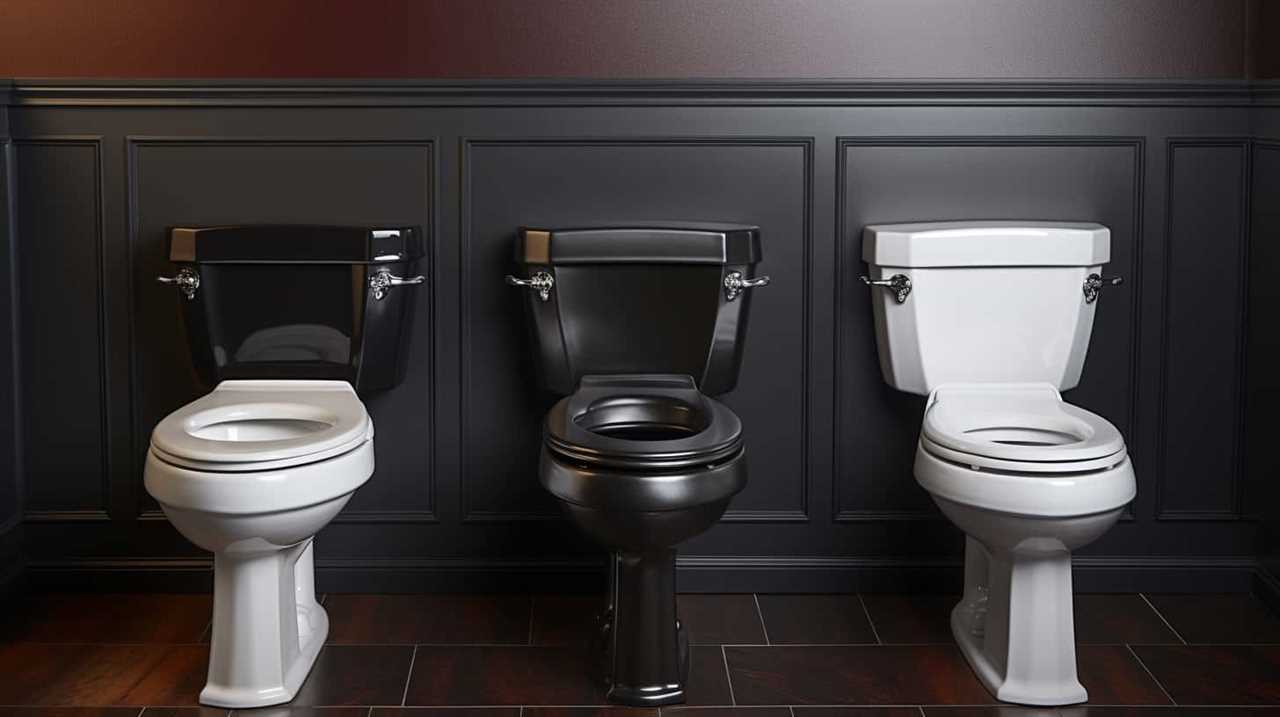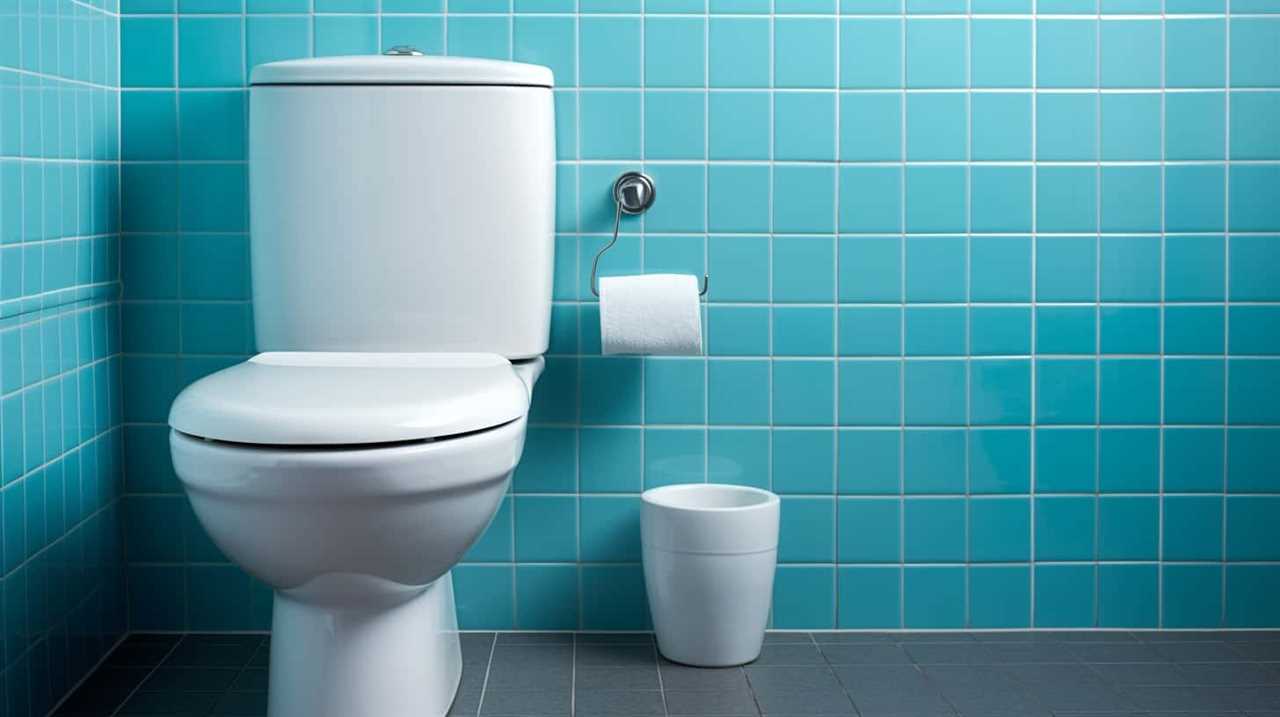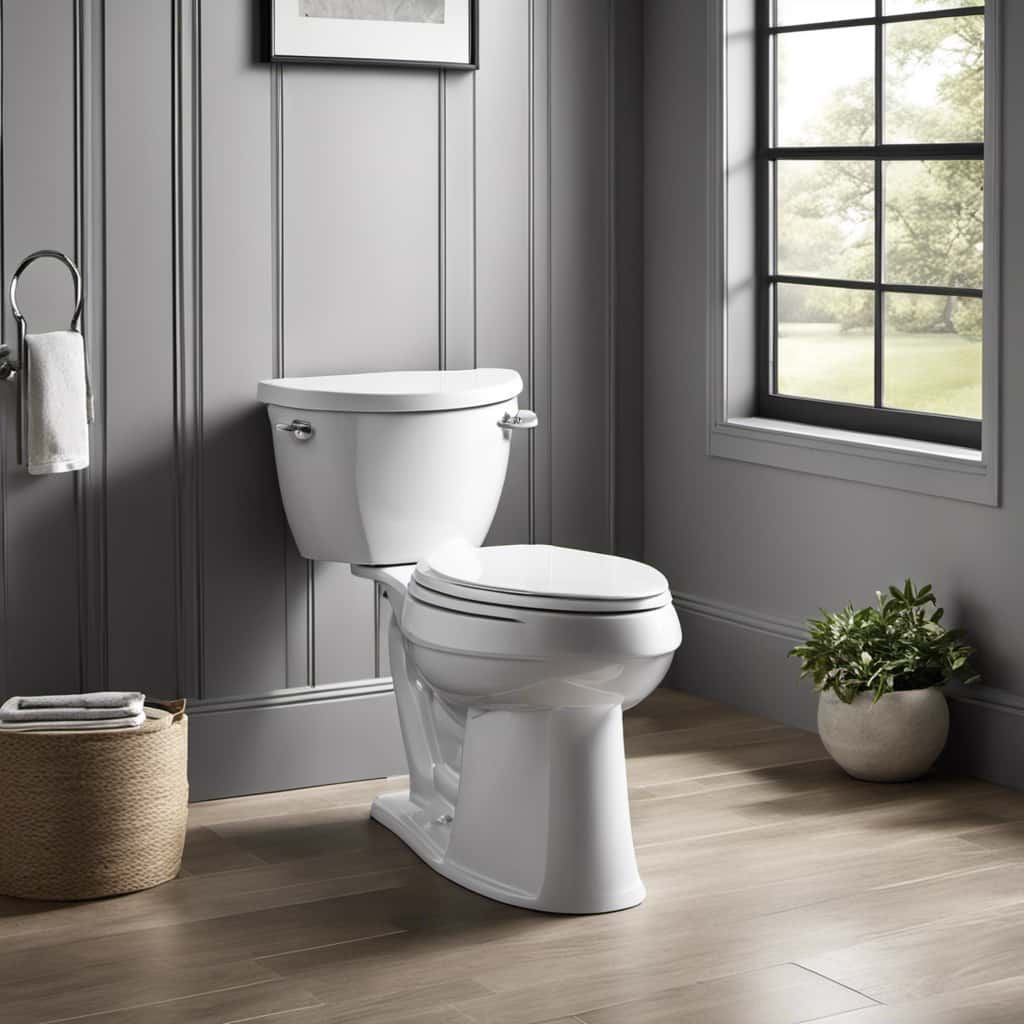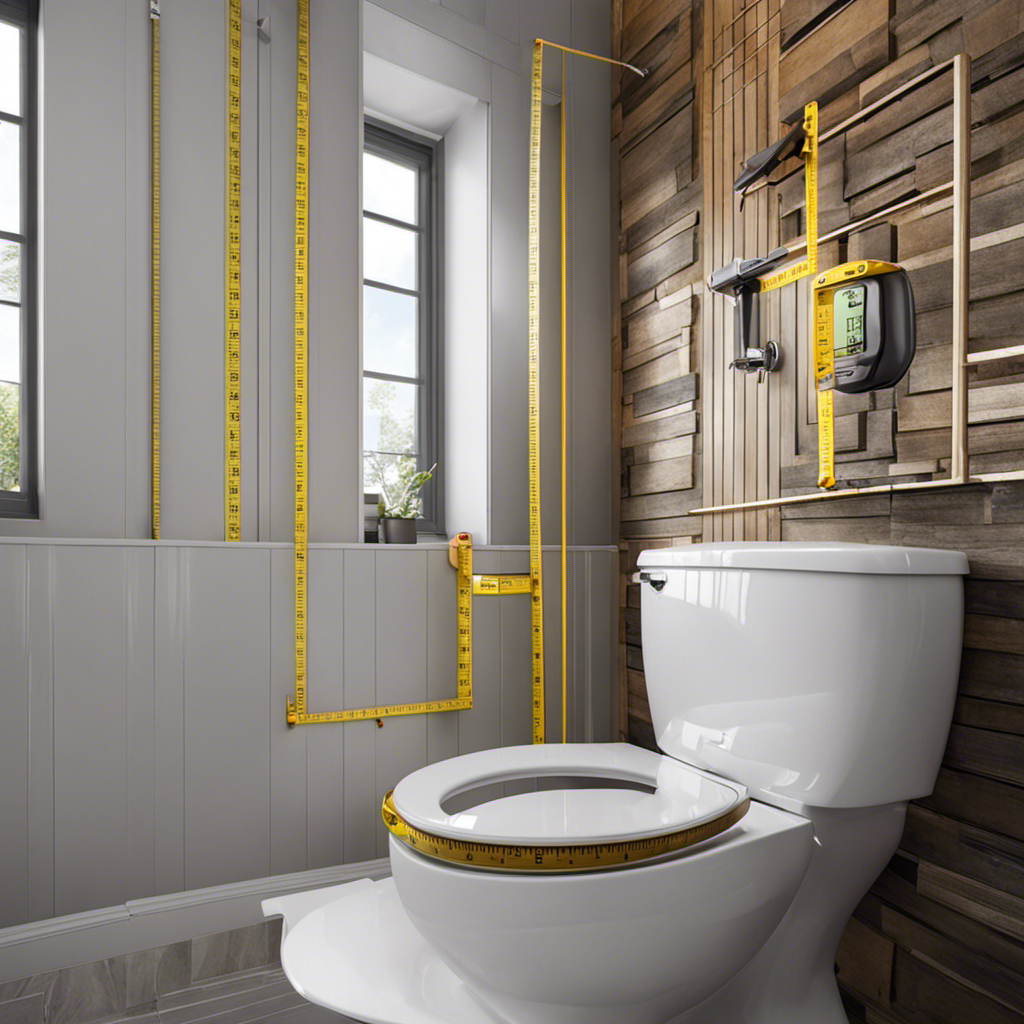We’ve all experienced the frustration of a toilet that seems to have a mind of its own, constantly draining without any input from us.
But why does it happen? In this article, we’ll explore the various causes behind a toilet that drains on its own.
From a faulty flapper valve to clogs in the drain line, we’ll delve into the technicalities of these issues and provide you with the knowledge and mastery to tackle them head-on.
Key Takeaways
- A faulty flapper valve can cause a toilet to drain on its own due to a loss of seal or debris buildup.
- Issues with the fill valve, such as improper water level adjustment or damaged valves, can also lead to constant draining.
- Clogs in the drain line, caused by foreign objects or damaged sewer lines, can result in a toilet draining on its own.
- A malfunctioning float that doesn’t regulate the water level correctly can cause continuous draining or inadequate filling.
Faulty Flapper Valve
A faulty flapper valve can cause toilets to drain on their own. The flapper valve is a crucial component of the toilet tank that controls the flow of water. When the flapper valve malfunctions, it can lead to water continuously leaking from the tank into the bowl, resulting in a draining toilet.

There are several reasons why a flapper valve may become faulty. One common reason is wear and tear over time, causing the flapper to lose its seal and allowing water to leak. Another reason could be mineral deposits or debris buildup on the flapper, preventing it from closing properly.
To address a malfunctioning flapper valve, several solutions can be employed. This includes replacing the flapper valve entirely or cleaning it thoroughly to remove any obstructions.
Signs of a malfunctioning flapper valve include a constantly running toilet or a toilet that periodically refills without being flushed.
Issues With the Fill Valve
Now let’s delve into the next issue that can cause a toilet to drain on its own: problems with the fill valve.

The fill valve is responsible for refilling the toilet tank after each flush. If it isn’t functioning properly, it can result in a continuous flow of water, causing the toilet to drain on its own.
One common issue with the fill valve is an improper water level adjustment. If the water level is too high, it can overflow into the overflow tube, leading to constant draining. In this case, adjusting the fill valve to lower the water level can solve the problem.
However, if the fill valve is damaged or worn out, it may need to be replaced entirely. This involves shutting off the water supply, removing the old fill valve, and installing a new one.
Now, let’s move on to the next section about clogs in the drain line.

Clogs in the Drain Line
To continue our discussion on the causes of a toilet draining on its own, let’s now address the issue of clogs in the drain line.
Pipe blockages are a common reason for toilets to drain on their own. When foreign objects, such as excessive toilet paper or sanitary products, are flushed down the toilet, they can accumulate in the drain line and create a blockage. This blockage restricts the flow of water, causing it to drain slowly or not at all.
Another possible cause of a toilet draining on its own is sewer line issues. A damaged or collapsed sewer line can prevent proper drainage, leading to water backing up into the toilet bowl.
It’s important to address these issues promptly to prevent further damage and ensure the proper functioning of your toilet.

Malfunctioning Float
One possible cause for a toilet draining on its own is a malfunctioning float. The float is a small plastic or metal device located inside the toilet tank. Its purpose is to regulate the water level in the tank. When the tank fills with water, the float rises, and when the water reaches a certain level, it signals the fill valve to shut off.
If the float isn’t functioning properly, it may not rise or fall correctly, causing the water level to be too high or too low. This can result in the toilet continuously draining or not filling up properly.
To fix this issue, a float adjustment may be necessary to ensure the correct water level is maintained in the tank.
Problems With the Water Pressure
We have found that low water pressure can contribute to a toilet draining on its own. When the water pressure is insufficient, it may not be able to maintain the proper level in the toilet tank, causing the water to slowly drain out. This can be frustrating and may indicate a problem with the water pressure regulator.

Here are two key points to understand about low water pressure and its impact on toilet drainage:
- Low water pressure can lead to incomplete tank filling: When the water pressure is low, the toilet tank may not fill up completely after flushing. This can result in a weak flush and inadequate water level in the bowl, causing the toilet to drain on its own.
- Water pressure regulator issues: A malfunctioning or incorrectly adjusted water pressure regulator can cause low water pressure throughout the plumbing system. This can affect not only the toilet but also other fixtures in the house, leading to various water flow problems.
To resolve toilet drainage issues caused by low water pressure, it’s essential to address the underlying cause, such as repairing or adjusting the water pressure regulator.
Conclusion
In conclusion, a toilet draining on its own can be caused by several factors:
- A faulty flapper valve
- Issues with the fill valve
- Clogs in the drain line
- A malfunctioning float
- Problems with the water pressure
Identifying and addressing these issues promptly can help prevent further damage and inconvenience.

It’s important to consult a professional plumber if you experience any persistent toilet draining problems to ensure proper diagnosis and resolution.










